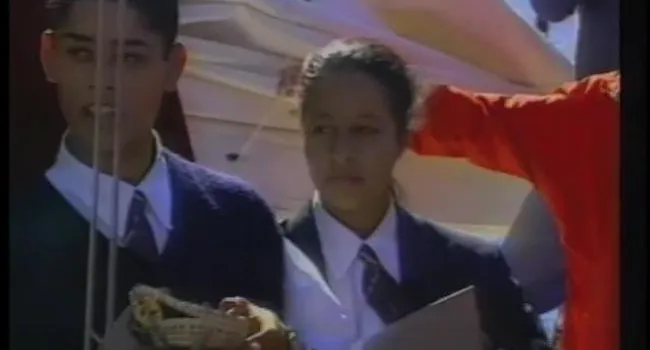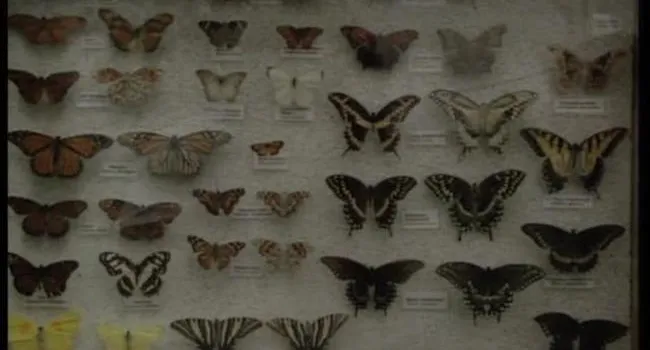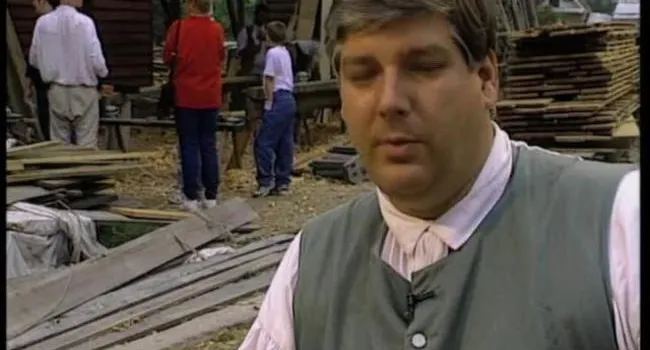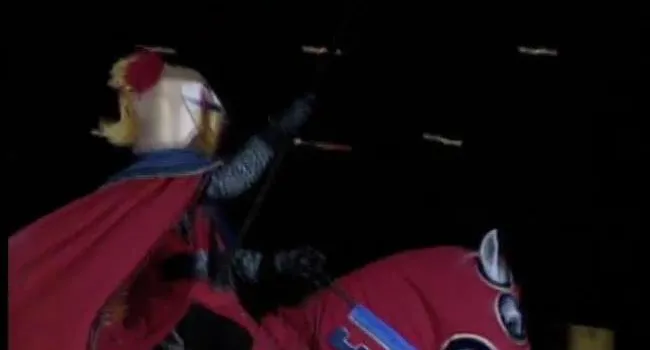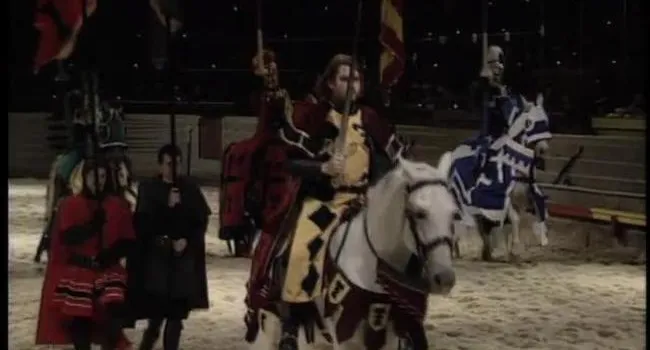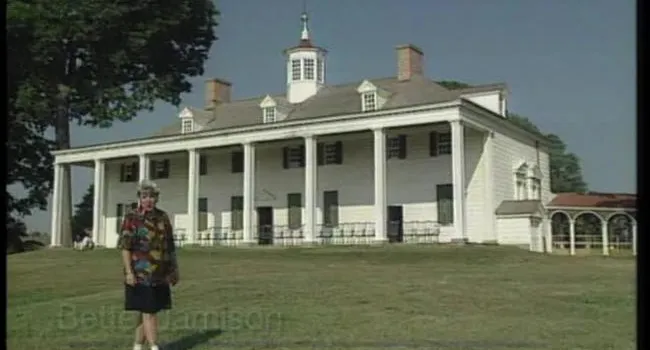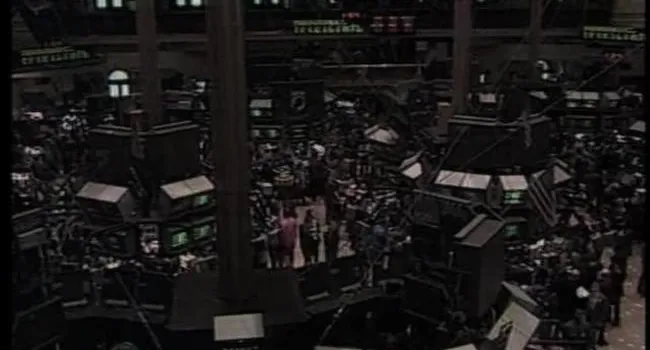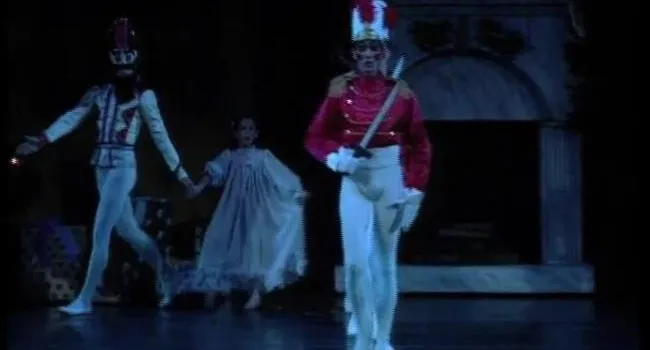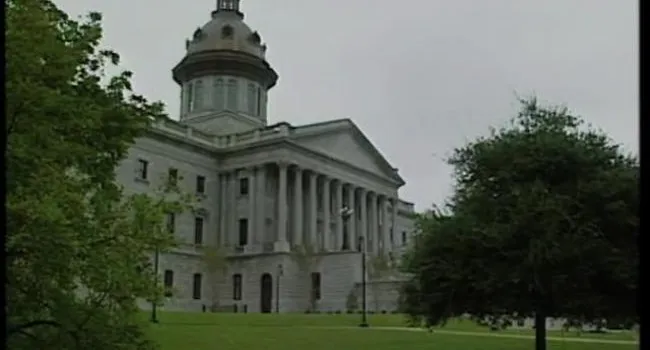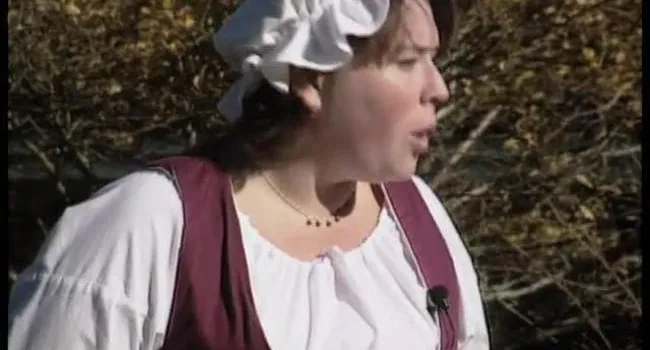Williamsburg is a real town in Virginia that has been restored to the condition it was in over 200 years ago. Buildings of interest in this town include the courthouse, governor’s house, capitol, jail, and townspeople’s houses. Butchers, bakers, furniture makers, tavern owners, and, of course, legislators all work in this Colonial town.
Colonial Williamsburg is using electronic field trips to bring the Colonial experience to schools across the country. This Project Discovery Revisited gives viewers a behind-the-scenes look at the production of these field trips, which involves many different people.
Components of the electronic field trips include a teacher’s guide, online interactive sessions, Web activities, and adventures for investigating and discovering more about the topics. Students can vote online, as well as e-mail and participate in a bulletin board on the Internet. Experts, and a phone bank of 35 historians, teachers, and volunteers, answer questions that students call in or e-mail. Contributors to the programs believe that the field trips are important because of history’s power to connect us with the past, which helps us understand who we are today and who we will be in the future.
It takes two years for a five-person team and additional historians to generate and develop ideas for storylines. Ideas are then narrowed down to six or seven topics, and writers create the scripts. A great deal of planning goes into the location and casting of the shows. Actors are selected from people working in Williamsburg. In the costume design center, economic level, color, texture of clothing, and the character are all taken into consideration when selecting a costume.
On the set, the sound department, camera operators, lighting team, and director are hard at work. The team works together to make the best shot possible because each aspect affects other parts of production. The team also works to manage people and to keep them comfortable, fed, and out of the weather. A log is kept of what the director says, the number of takes, and the descriptions of the scenes. These notes are used to choose the best scenes for editing. The producer pulls together the elements of the program. Scenes are put in the correct order during editing.
On the day the program airs, characters are in the studio to answer questions during the live question-and-answer sessions. Student hosts provide background, field questions, and tie the program together.
In all, 50 to 60 people work together on the set.

